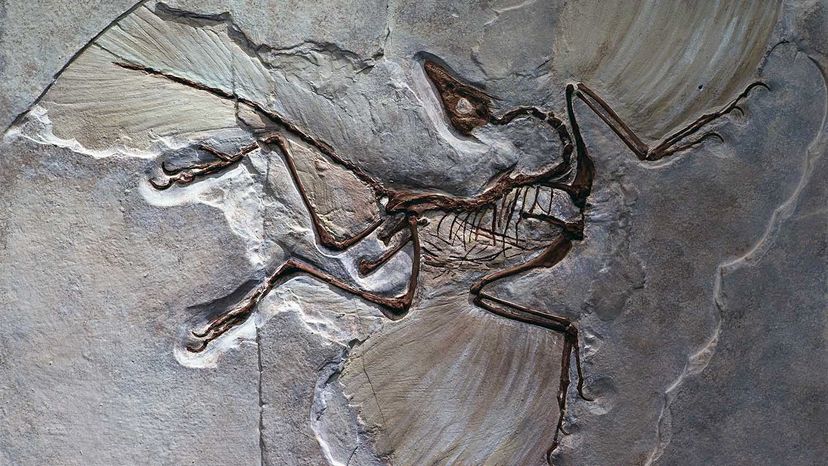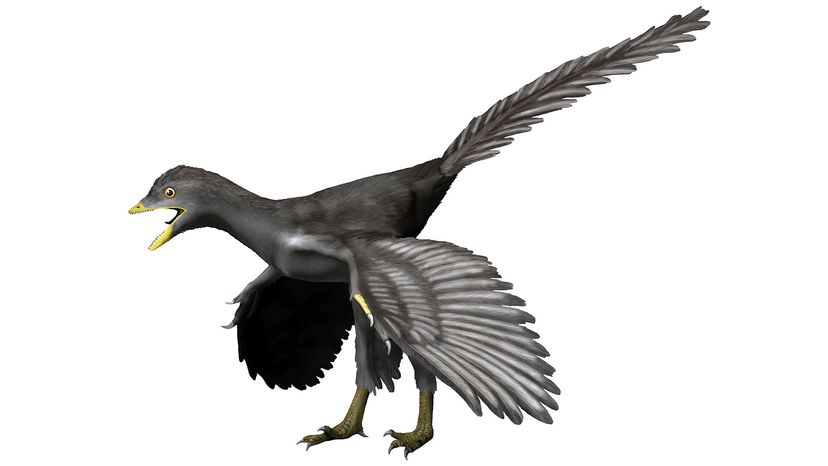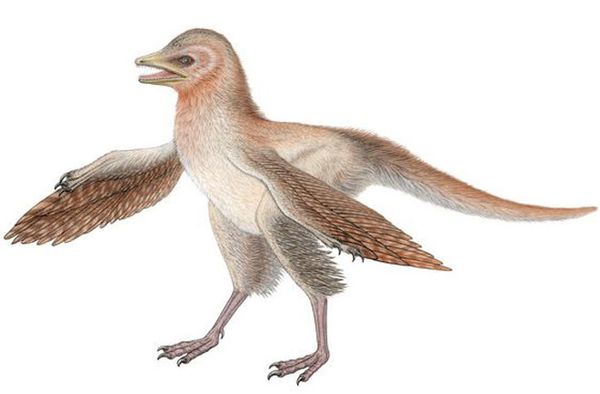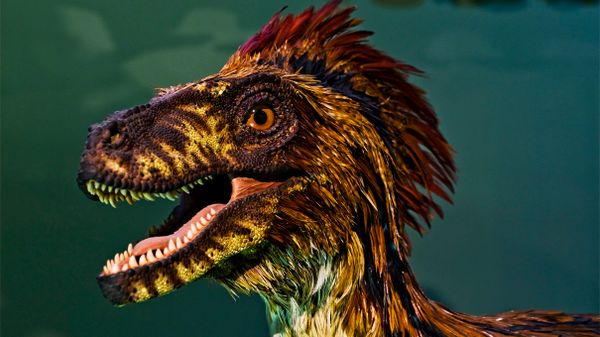
It all began with a single feather. On Sept. 30, 1861, the German paleontologist Christian Erich Hermann von Meyer published his description of a jaw-dropping new find. Fossil feathers were unheard of at the time, yet somebody had pulled one out of a limestone quarry near Solnhofen, Bavaria.
Von Meyer named the animal it belonged to Archaeopteryx lithographica. His choice was apt; the first part of that name (i.e., Archaeopteryx) means "ancient wing."
Advertisement
By sheer coincidence, von Meyer's description came out less than two years after Charles Darwin published his landmark book, "On the Origin of Species." Archaeopteryx immediately entered the discourse about evolution and natural selection.
More material was on the way. By late 1861, the fossilized skeleton of a birdlike creature with a long, bony tail — something modern birds lack — had emerged from the Bavarian countryside. Parts of the body were surrounded by feather impressions.
Advertisement



